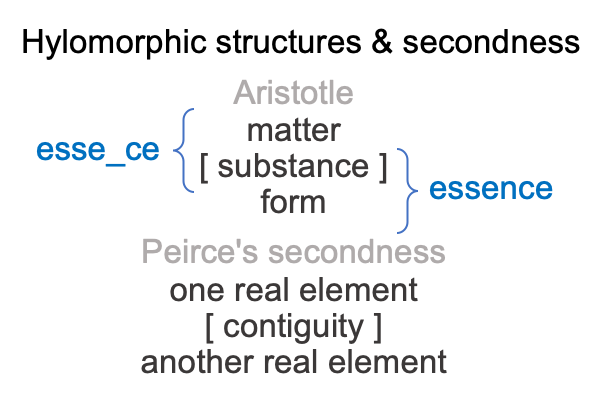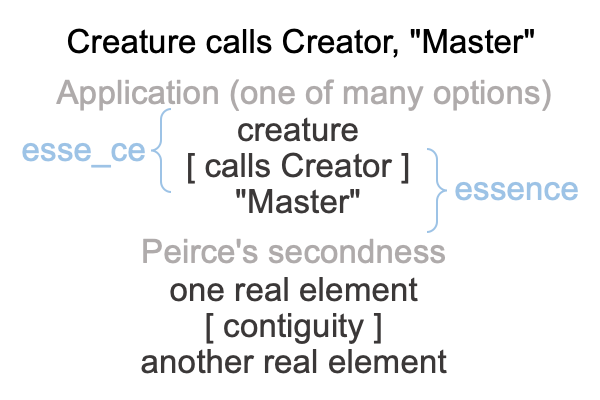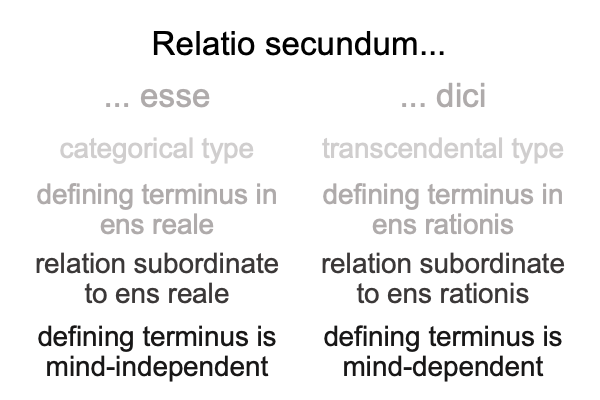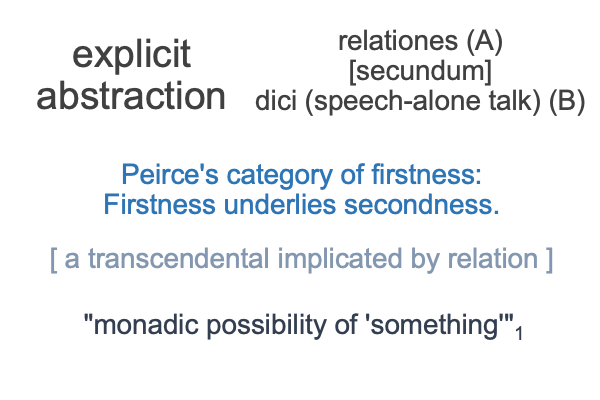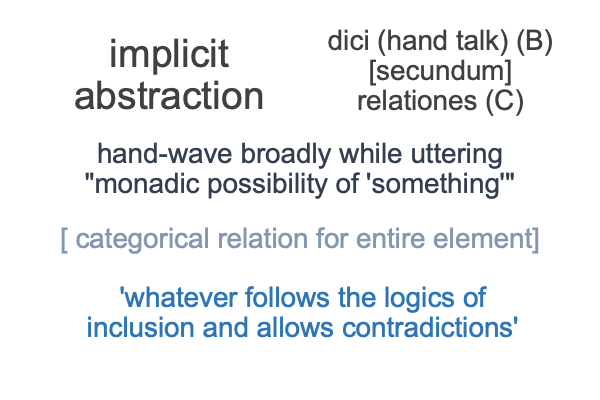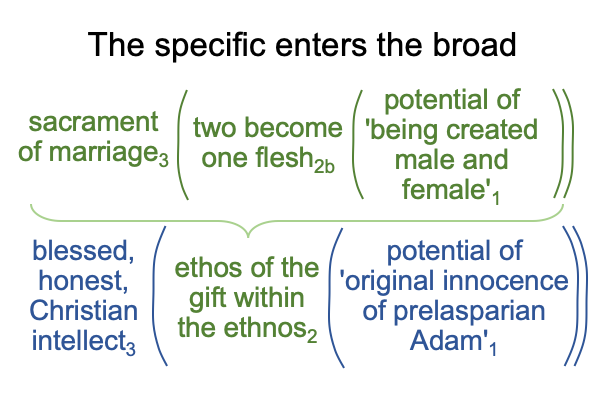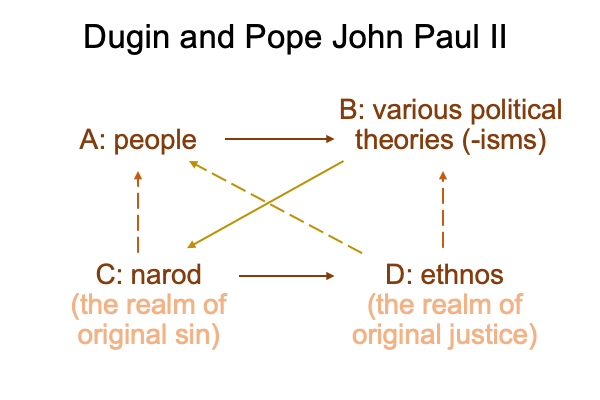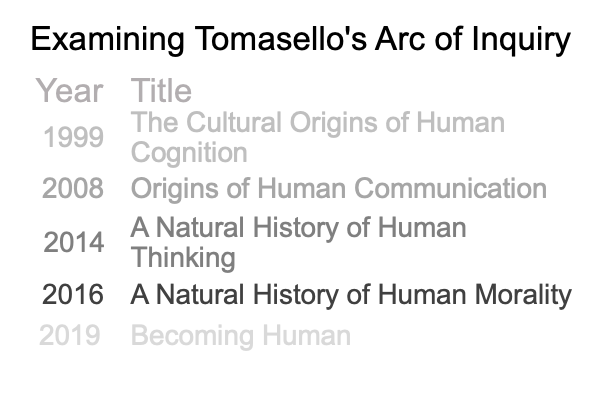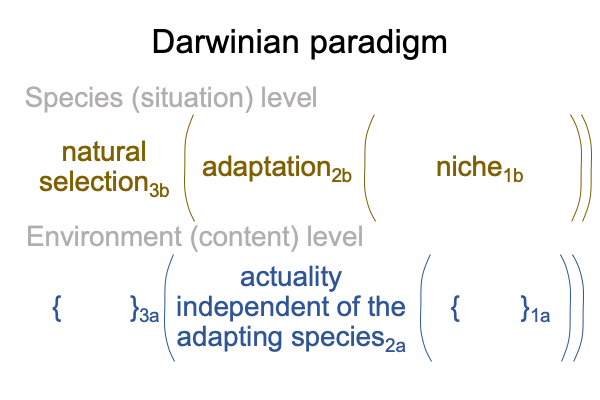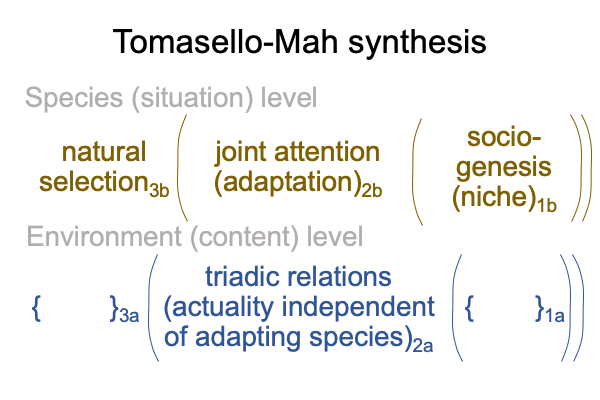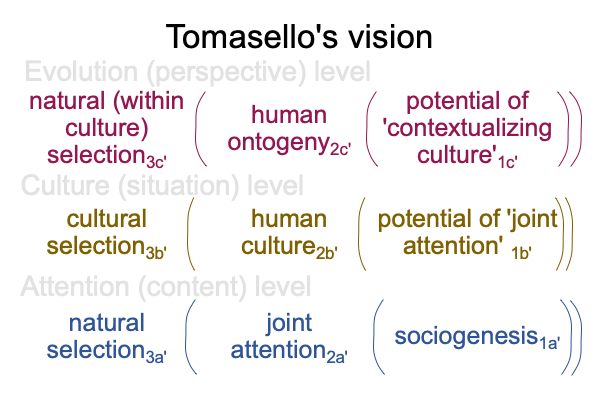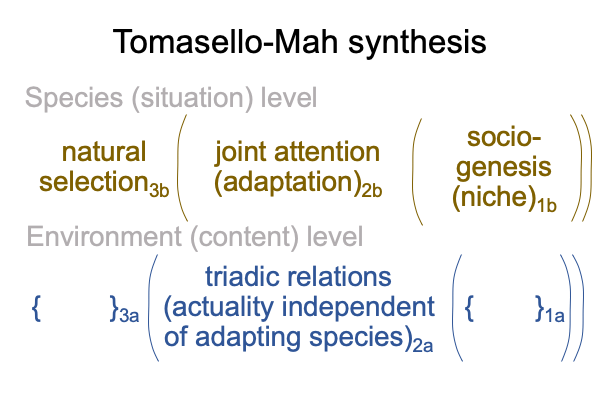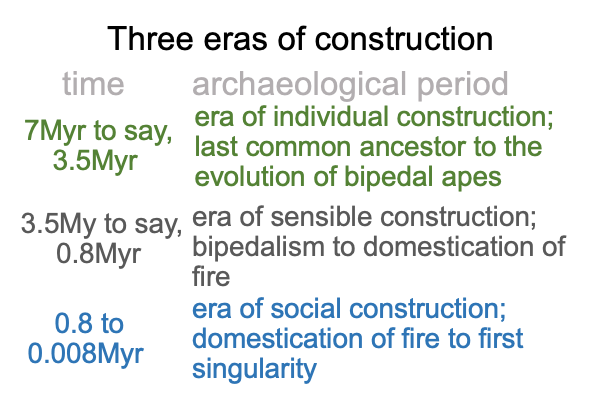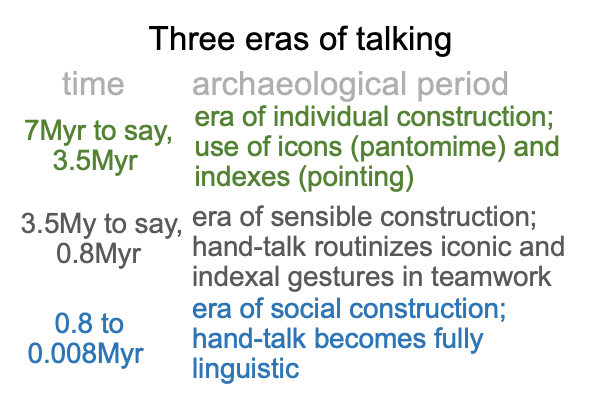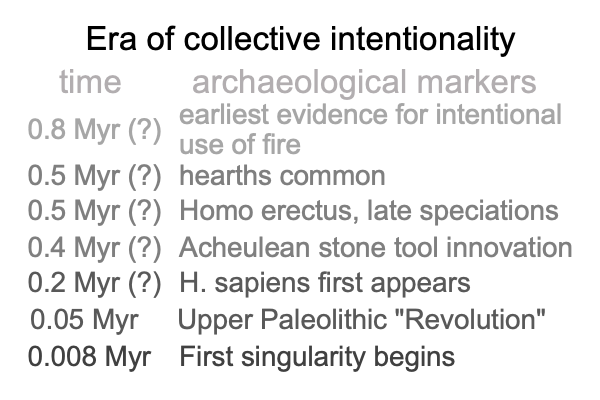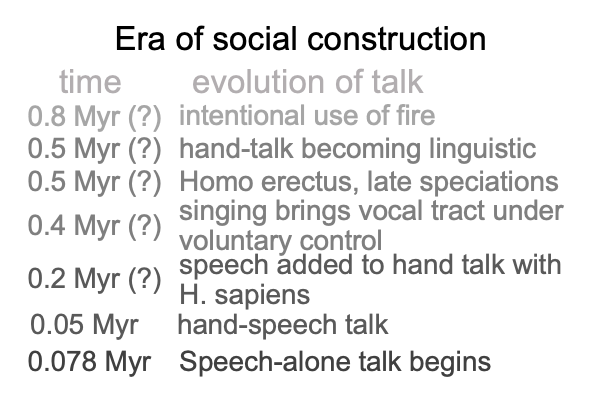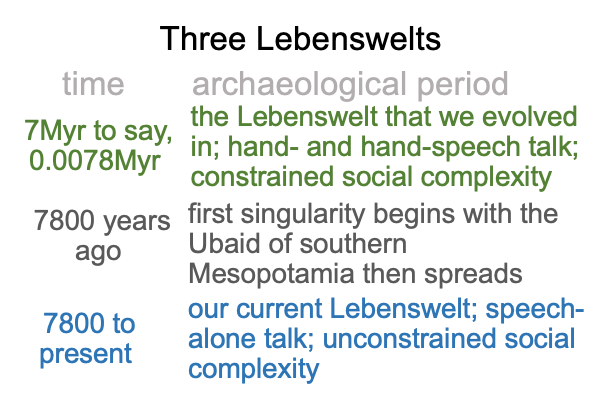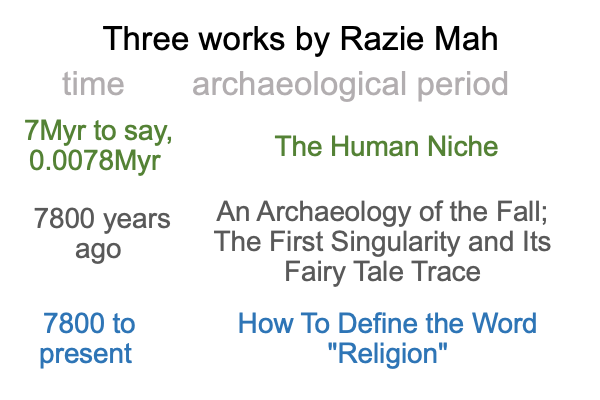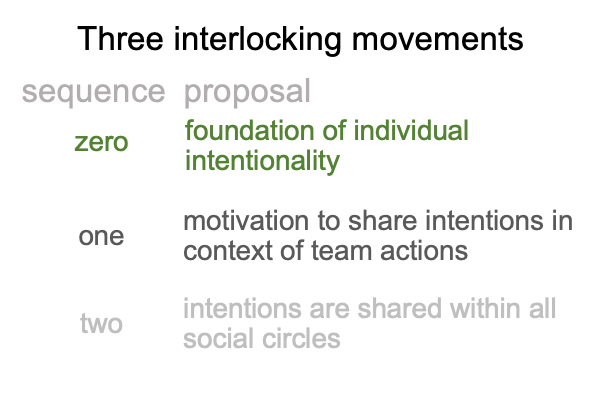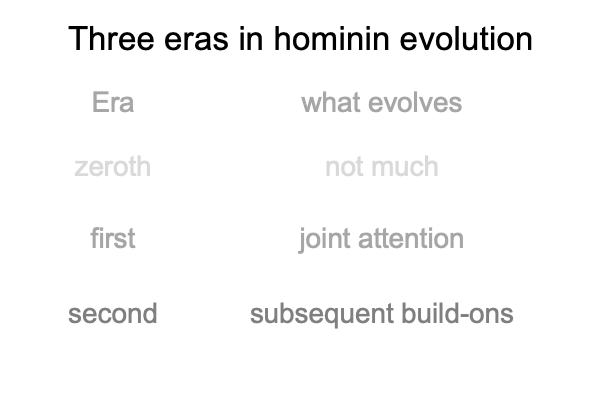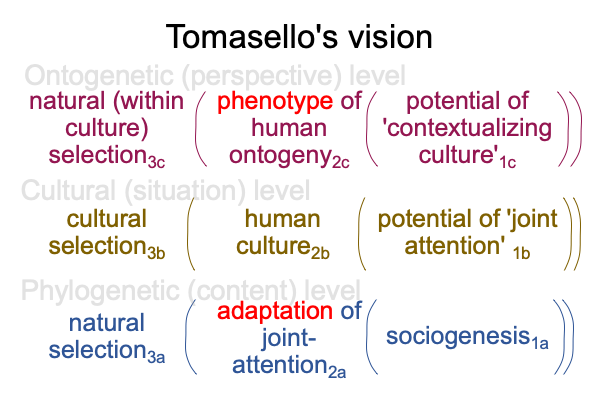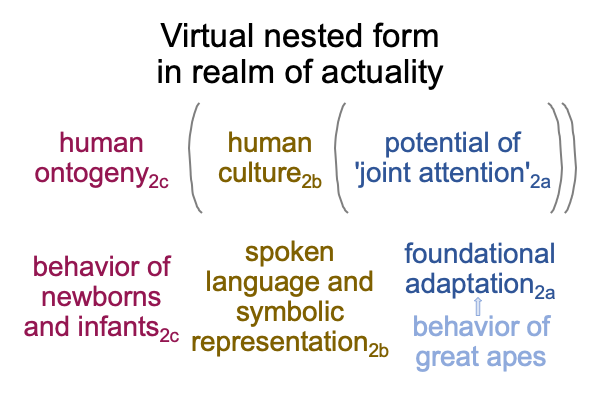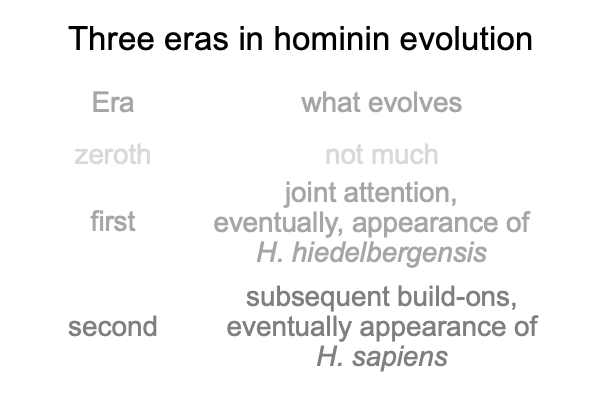Looking at Bill Arnold’s Article (2020) “Genesis and the Challenges of the 21st Century” (Part 5 of 5)
0034 Yes, Razie Mah covers what postmodern scientists should project into the mirror of theology.
Our current Lebenswelt (German for “living world”) is not the same as the Lebenswelt that we evolved in.
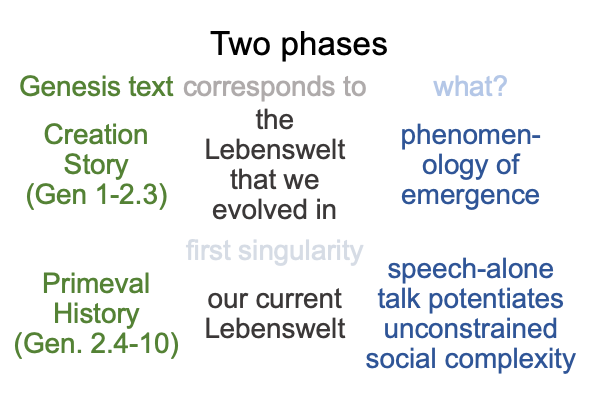
The discontinuity is called “the first singularity”.
0035 The discontinuity entails a change in the way humans talk.
The hypothesis is technically described in The First Singularity and Its Fairy Tale Trace.
The scientific discovery is dramatically portrayed in An Archaeology of the Fall.
Both texts are available at smashwords and other e-book venues.
0036 The hypothesis, along with the hypotheses proposed in The Human Niche and How To Define the Word “Religion”,pose significant challenges to the way that human evolution is currently conceptualized. See Comments on Michael Tomasello’s Arc of Inquiry (1999-2019), as well as Razie Mah’s blog for January through March 2024.
0037 Arnold drills down into the ideological substance of etiology. With the hypothesis of the first singularity, the theologian’s focus on etiology bifurcates precisely along the fault-line between two genres.
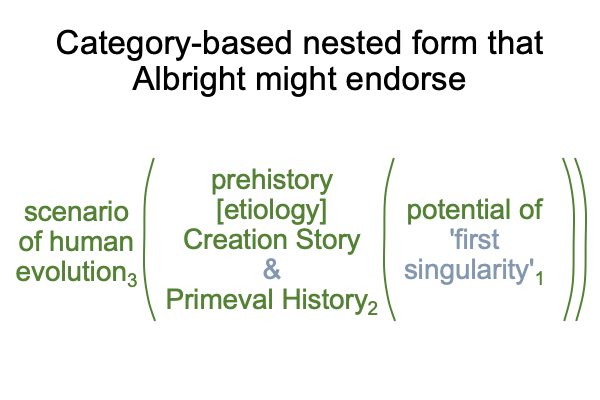
Shall theology project this nested form into the mirror in the domain in science?
0038 The first step in Albright’s development scenario corresponds to the stories of Adam and Eve through the Table of Nations (following the stories of Noah’s flood). Here, Albright’s intuition hits the mark. This step corresponds to a phase of human reason, that may be correctly labeled, “proto-logical”.
Not surprisingly, the “proto-logical” label also applies to all the literature of the ancient Near East that is listed by Arnold.
Indeed, the label, “proto-empirical”, also applies.
Imagine passage from a world that thinks in hand-speech talk to a world that thinks in speech-alone talk. The former allows a diversity of implicit abstractions. The latter does not, because explicit abstraction gums up the works of implicit abstraction. In the proto-empirical phase, explicit abstraction starts to establish a life of its own.
0039 Arnold adds that the next etiological phase corresponds to the stories of Abraham. The founding of the people of Israel touches base with Albright’s “empirical” phase. The Biblical text changes in clarity and focus when passing from the mythohistories of Noah to the tales of Abraham. Terah does not move from his long-established home city lightly. He moves for empirical reasons. Yes, it is history, but it is rendered as myth.
0040 So, the Primeval History, along with other written origin stories of the ancient Near East, may be gathered under the catchment of “mytho-history”. This term has the same semiotic structure as “proto-logical” and “proto-empirical”. Yes, it is logical, but it is before formal logic. Yes, it is empirical, but it is before the empirical takes on a life of its own.
0041 Arnold notes that Albright sees how the term, “adamah”, changes from “humanity” to “a personal name”, in the course Genesis 2.4 through 4.
He sees the change as significant and unsettling.
But, he does not have a vision where the stories of Adam and Eve are located in the tourbillion of increasing unconstrained social complexity manifesting in the Ubaid of southern Mesopotamia.
0042 Barth smiles at this unsettlement. For this theologian, as soon as Adam is with us, so is Christ.
In the construction of the temple of the heavens and the earth, God creates humans in His image in the Lebenswelt that we evolved in.
In the manufacture of Adam’s body and the inspiration of Adam’s breath, God creates humans in our current Lebenswelt.
0043 Thus, the discontinuity of the first singularity that appears in the mirror of theology, located in the domain of theology, is reflected back in the mirror of science, located in the domain of science, as the discontinuity between Genesis 2:3 and Genesis 2:4.
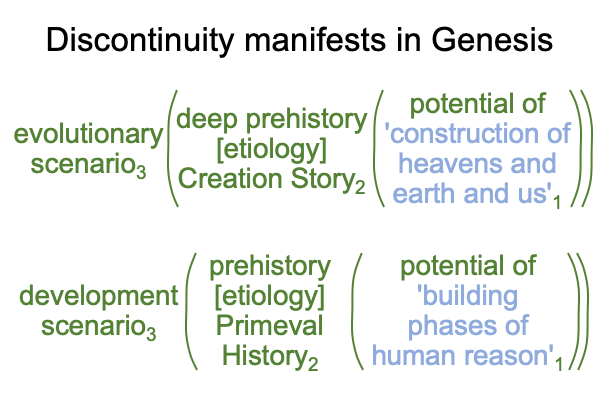
I wonder.
Can I imagine that there is only one mirror?
0044 A twenty-first century reading of Genesis challenges evolutionary scientists.
Genesis joins all the written origin stories of the ancient Near East, in proclaiming what evolutionary scientists ignore,humans are created by the gods in recent prehistory. Indeed, a causal observation of the archaeological data demands the proposal of a hypothesis like the first singularity, if only the separate two million years of evolution within constrained social complexity from the 7800 years of theodramatic madness within unconstrained social complexity.
But, there is more, see Razie Mah’s blog on October 1, 2022, for a research project for all of Eurasia.
0045 The stories of Adam and Eve precisely capture the theodramatic character and the absolutely crazy turns of events that typify our current Lebenswelt. One does not know whether to laugh or to cry. Father, forgive us, for we know not what we do.
Meanwhile, the Creation Story intimates a deep prehistory, confounding the construction of the temple of the heavens and the earth with a counter-intuitive sequence of events that weirdly coincides with a phenomenological vision of the Earth’s evolutionary “progression”.
0046 A twenty-first century reading of Genesis challenges theologians interested in the noumenon of humans, in our current Lebenswelt.
If the hypothesis of the first singularity becomes more and more plausible, so does a second doctrine of original sin,where the deficits of Augustine’s first attempt are amended, yielding a doctrine that applies to the post-truth condition. See Razie Mah’s blog for January 2, 2024 for a call to action. Also see Razie Mah’s blog for July through October 2024. These blogs will be assembled (for user convenience) as a three-part commentary, Original Sin and the Post-Truth Condition (available at smashwords and other e-book venues).

